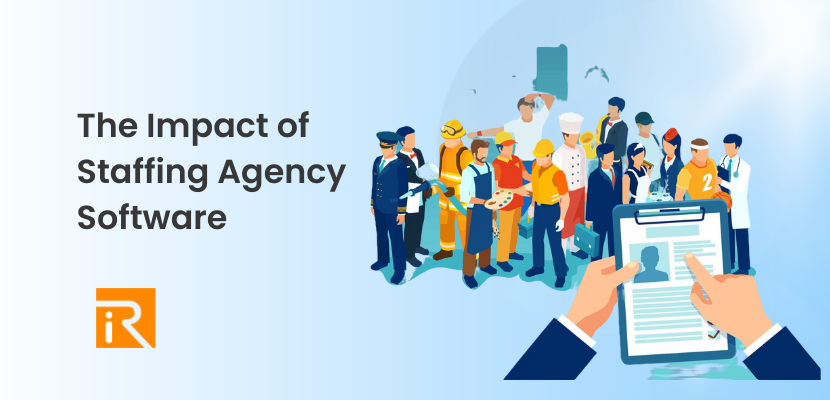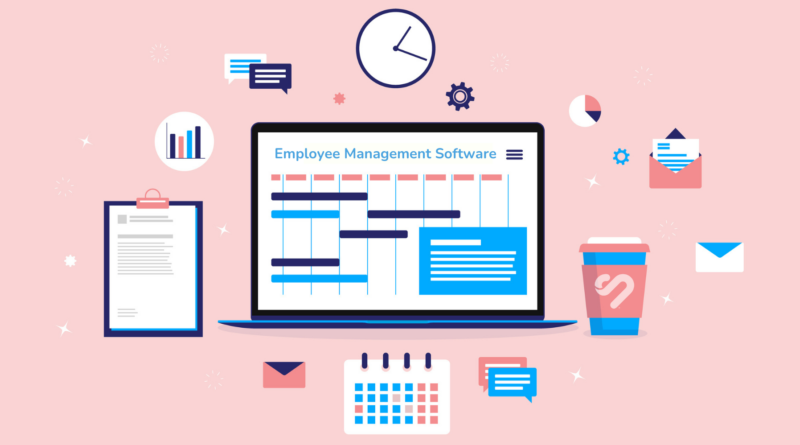Releasing the Power of Data: Enhancing Human Resources Approaches With Cutting-Edge Staffing Administration Software
By taking advantage of the power of data analytics, organizations can not just boost their employment approaches yet also enhance staff member retention and productivity. The harmony in between data-driven insights and progressed technology offers a compelling opportunity for HR professionals to reinvent their strategy in the direction of talent administration.
Importance of Data-Driven Human Resources Methods
Data-driven Human resources strategies enable companies to maximize their labor force administration, recruitment processes, and worker involvement campaigns. By evaluating information connected to employee efficiency, turnover prices, and skill gaps, Human resources divisions can identify trends, anticipate future demands, and create proactive solutions to attend to challenges.
Data-driven human resources methods additionally play a vital role in enhancing staff member fulfillment and retention. Through the evaluation of worker feedback, efficiency evaluations, and training end results, HR professionals can customize private advancement strategies, acknowledge high-potential workers, and cultivate a culture of continual knowing and development within the company. Data-driven insights allow Human resources teams to straighten their methods with the overall company goals, making certain that ability administration efforts straight contribute to organizational success.
Advantages of Staffing Administration Software
Using staffing administration software streamlines the employment and onboarding procedures for HR departments, boosting efficiency and precision in skill purchase. One considerable benefit of this software is the capability to systematize candidate data, making it easily available for recruitment teams. By having all applicant info in one location, HR experts can effectively track prospect progression, interact properly with potential hires, and make sure a smooth recruitment experience.
Moreover, staffing administration software application frequently consists of functions such as resume analyzing and key phrase matching, which assist in promptly recognizing top candidates that match the work requirements. This automation reduces the time invested in hand-operated return to evaluating, allowing HR team to concentrate on even more calculated jobs. staffing management software. Additionally, these systems can incorporate with task boards and social media platforms, expanding the reach of job postings and drawing in a diverse pool of candidates
Moreover, analytics and reporting tools within staffing management software offer useful understandings right into recruitment metrics, such as time-to-fill and cost-per-hire. This data-driven strategy allows HR groups to make educated choices, optimize recruitment approaches, and improve general employing processes. By leveraging these advantages, companies can enhance their talent purchase efforts, improve prospect experience, and ultimately construct a strong labor force.
Enhancing Recruitment Procedures With Information
By leveraging information, business can make even more educated choices throughout the employment lifecycle, ultimately leading to better hires and improved retention prices. One crucial means information enhances recruitment processes is by optimizing task posts based on understandings from past effective hires.
Additionally, information analytics can enhance the testing and selection procedure by identifying patterns in candidate certifications and efficiency signs. This enables employers to focus their initiatives on candidates who are probably to be successful in the function, saving time and sources. Furthermore, data-driven employment strategies can help in reducing prejudice in the working with process by giving unbiased understandings into candidate certifications and potential fit within the company. Overall, incorporating information into employment procedures empowers companies to make smarter employing choices and build high-performing groups.
Improving Staff Member Retention With Modern Technology

One means modern technology can boost worker retention is through using staff member engagement systems. These systems permit real-time feedback, recognition, and communication in between workers and monitoring, cultivating a culture of admiration and assistance. In addition, modern technology can enable individualized understanding and advancement programs tailored to private employee requirements and occupation aspirations, raising task complete satisfaction and commitment.
Moreover, data analytics tools can help companies identify patterns and patterns associated with employee turnover, enabling them to take aggressive procedures to attend to possible concerns prior to they intensify. In general, by leveraging innovation successfully, companies can produce a much click here to read more helpful and appealing workplace that urges workers to remain and expand within the firm.
Making The Most Of Labor Force Efficiency With Data

Via the analysis of data, HR divisions can identify patterns and fads that impact performance degrees. For example, by tracking staff member work hours and task completion prices, organizations can optimize work schedules to make sure that jobs are effectively distributed amongst staff member. Additionally, data can expose ability spaces within the workforce, allowing human resources to implement targeted training programs that boost worker capabilities and total efficiency.
Furthermore, data-driven performance analyses enable managers to supply certain responses and assistance to employees, promoting a culture of continual renovation. Generally, leveraging data to make best use of workforce performance is a strategic method that empowers companies to accomplish their goals efficiently and successfully.
Conclusion
To conclude, utilizing advanced staffing administration software program can substantially improve HR methods by leveraging the power of information. By incorporating data-driven employment procedures, improving employee retention via innovation, and making best use of labor force performance, organizations can enhance their procedures, make more informed choices, and eventually accomplish better success in handling their human resources. Accepting these technological innovations is essential in the ever-evolving landscape of personnel monitoring.
Data-driven Human resources techniques make it possible for firms to enhance their workforce monitoring, employment procedures, and worker interaction campaigns. By examining information associated to staff member efficiency, turn over rates, and skill spaces, Human resources departments can recognize trends, anticipate future needs, and establish proactive options to address challenges.